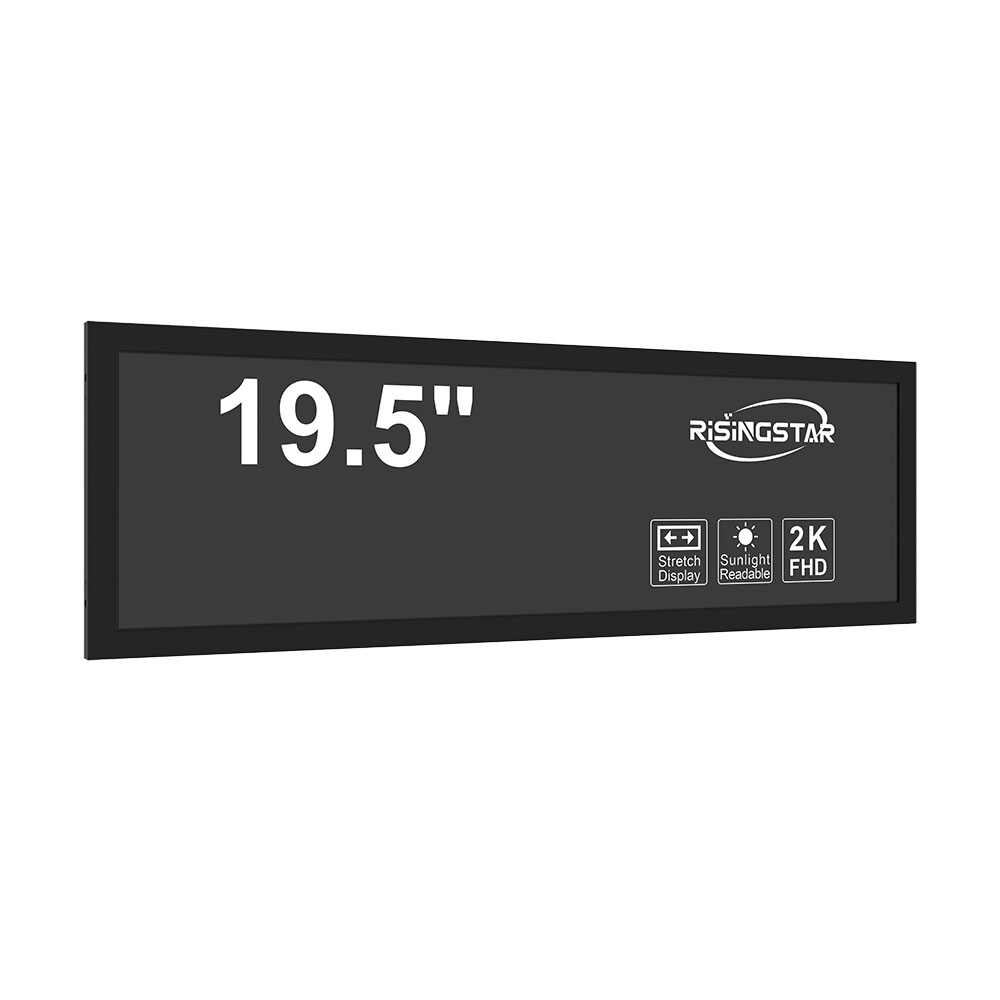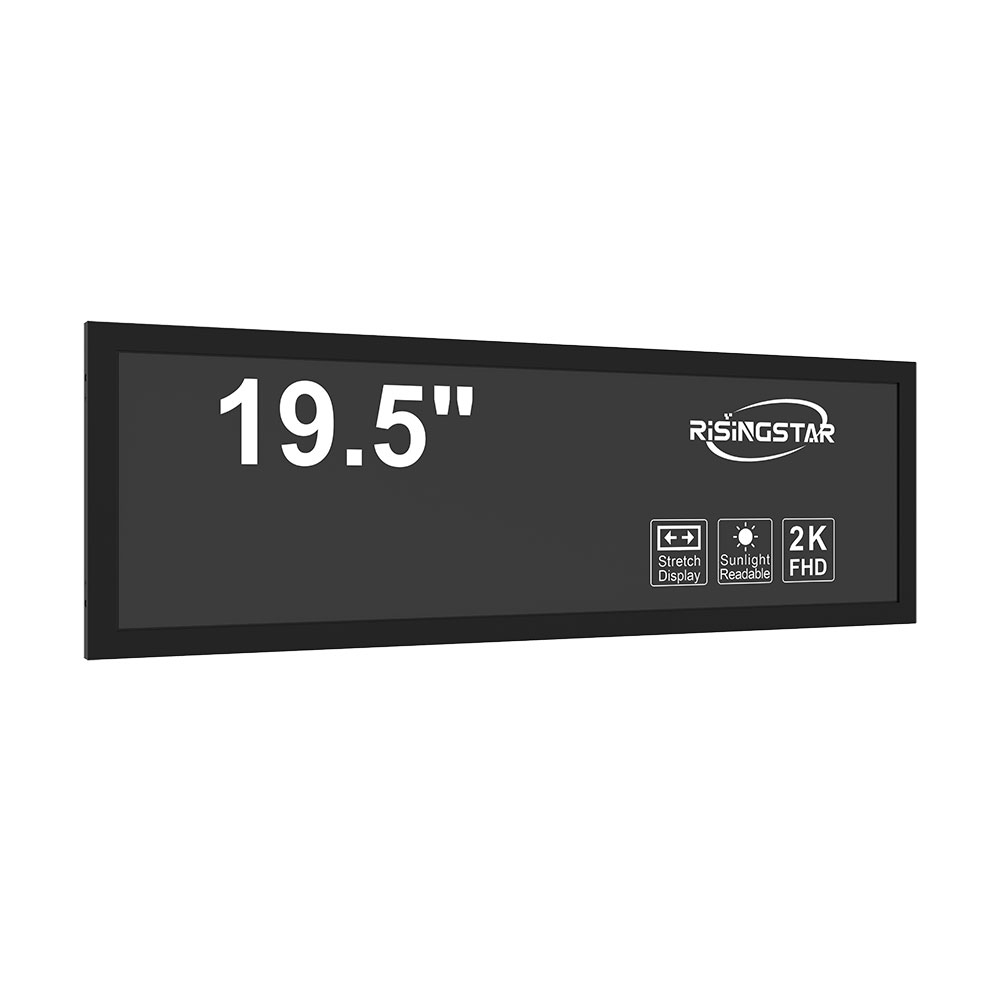- Home
- About Us
- Products
- News
- Video
- Contact
- Send Inquiry
Search
- Home
- About Us
- Products
- News
- Video
- Contact
- Send Inquiry

When selecting an outdoor LCD screen for commercial applications such as retail advertising, transportation hubs, or public information displays, several technical and environmental factors must be carefully evaluated. Unlike indoor screens, outdoor LCDs face harsh conditions including direct sunlight, extreme temperatures, humidity, and potential physical impacts. According to the International Electrotechnical Commission (IEC) standard IEC 60068-2-14, outdoor electronic displays must withstand temperature ranges from -30°C to +70°C without performance degradation—a critical benchmark for durability in real-world environments.
Brightness is one of the most crucial specifications. For outdoor visibility, a minimum brightness of 5,000 nits is recommended, with premium models reaching up to 10,000 nits. This ensures content remains legible even under direct sunlight. A case study from a major European airport revealed that screens with less than 5,000 nits experienced up to 70% reduction in readability during peak daylight hours, leading to decreased ad engagement and poor user experience.
Another key consideration is IP rating—typically IP65 or higher—for protection against dust and water ingress. In a recent project at a high-traffic metro station in Singapore, screens rated IP65 performed reliably over three years, while lower-rated units failed within six months due to moisture intrusion. The use of ruggedized aluminum frames and tempered glass further enhances structural integrity against vandalism or weather damage.

Additionally, power efficiency and thermal management are essential. High-brightness LEDs consume more energy, so integrating intelligent brightness control systems—such as ambient light sensors that automatically adjust output based on time of day—is now industry best practice. This not only reduces energy costs but also extends the lifespan of components like backlight modules.
Manufacturers like Samsung, LG, and NEC have developed specialized outdoor display solutions compliant with EN 60950-1 and UL 1950 standards, ensuring safety and electromagnetic compatibility. For large-scale deployments, modular designs allow for easy maintenance and scalability—an important factor for cities planning smart infrastructure projects.
Finally, content management systems (CMS) should support remote updates, scheduling, and analytics. Leading platforms like BrightSign and Xibo enable seamless integration across multiple locations, enabling brands to optimize campaign performance dynamically based on foot traffic data or seasonal trends.

In summary, choosing the right outdoor LCD screen requires balancing brightness, environmental resilience, power efficiency, and digital ecosystem compatibility—ensuring long-term reliability and ROI in demanding commercial settings.
